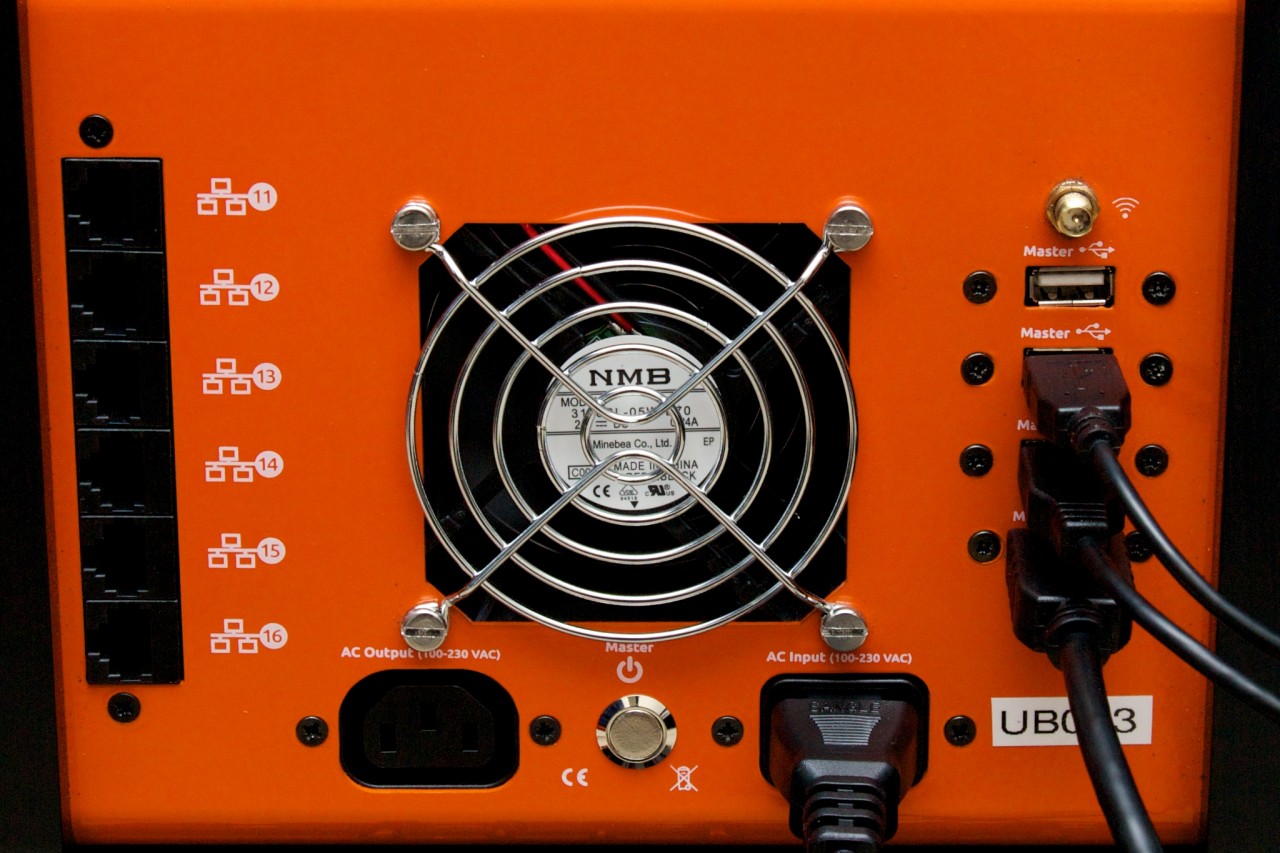YouTube is getting ready to block music videos from artists that haven't agreed to the contract terms for its upcoming subscription service, the Financial Times reported Tuesday. The videos set to get the boot include those from independent record labels and artists including Adele and Arctic Monkeys.
The new subscription service for videos will charge a monthly fee but will let users watch videos on YouTube without ads. FT noted that the service will also allow users to watch videos "even when not connected to the Internet" on any device, suggesting some sort of pinning or downloading infrastructure to go with the platform.
Robert Kyncl, YouTube's head of content and business operations, told FT that record labels representing 90 percent of the music industry have agreed to the contract terms that include provisions for the subscription service. But YouTube will apparently not let the 10 percent that have resisted carry on as ad-supported-only videos, and Kyncl told FT that the blocking will begin in a matter of days.
Read 2 remaining paragraphs | Comments
